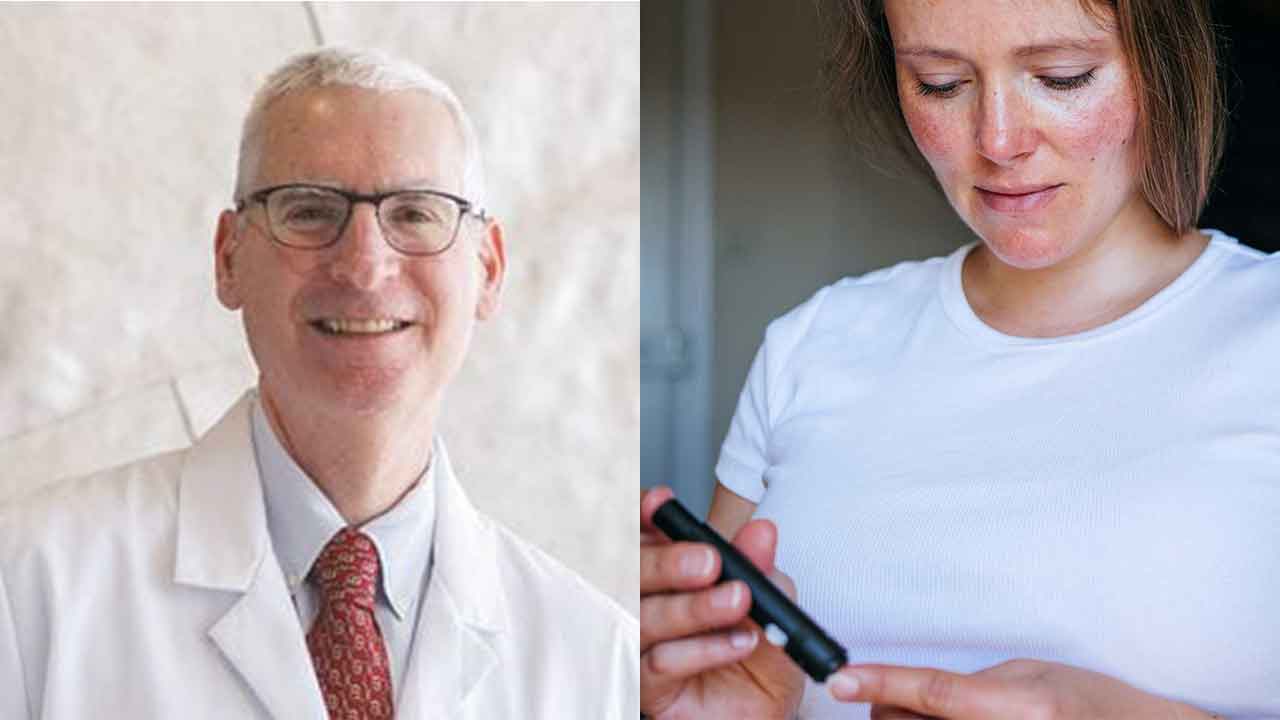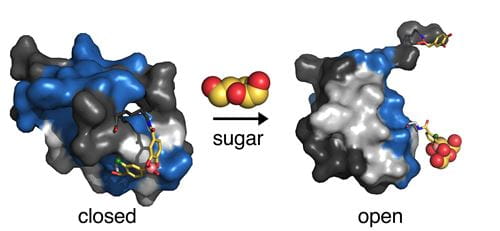New ‘smart’ insulin could revolutionise Type 1 diabetes treatment

For the 15 in every 100,000 people with Type 1 diabetes, living with the condition often involves balancing diet, exercise, and insulin therapy to keep blood sugar levels in a normal range.
Though there are a plethora of solutions being developed to help those with diabetes live more easily, a new approach has focused on insulin itself.
Dr Michael Weiss, a biochemist from the School of Medicine at Indiana University, has worked with colleagues to tweak the structure of insulin so it responds to the presence of a simple sugar molecule.

Image: IU School of Medicine
The researchers have utilised a feature already built into insulin’s structure - a “hinge” that enables the molecule to function when open and keeps it stable while closed.
What the study found
The experiments performed by Dr Weiss and his team used the carbohydrate fructose to manipulate insulin, so that it would only be ‘switched on’ by the presence of a certain amount of sugar, causing it to activate a sample of cells derived from the liver.
Though the experiments were more confirmation that the concept would be viable than an actual treatment, it would theoretically work for an insulin shaped to activate in the presence of glucose.
Why it matters
Weiss envisions a future where people don’t have to worry about their blood sugar falling too low (hypoglycemia) or too high (hyperglycemia), which can result in symptoms such as delirium, convulsions, blindness, or strokes.
“The promise of this kind of ‘smart’ insulin is that it would transform diabetes care, so people wouldn’t have to worry anymore,” Weiss said.
“With our invention, we envision that when the blood sugar goes too low, the hinge would close,” he explained.
Though a lot needs to happen before this invention is incorporated into treatments, it could help affected individuals be able to manage their sugar levels and improve their quality of life.
This research was published in PNAS.
Image: IU School of Medicine, Getty
